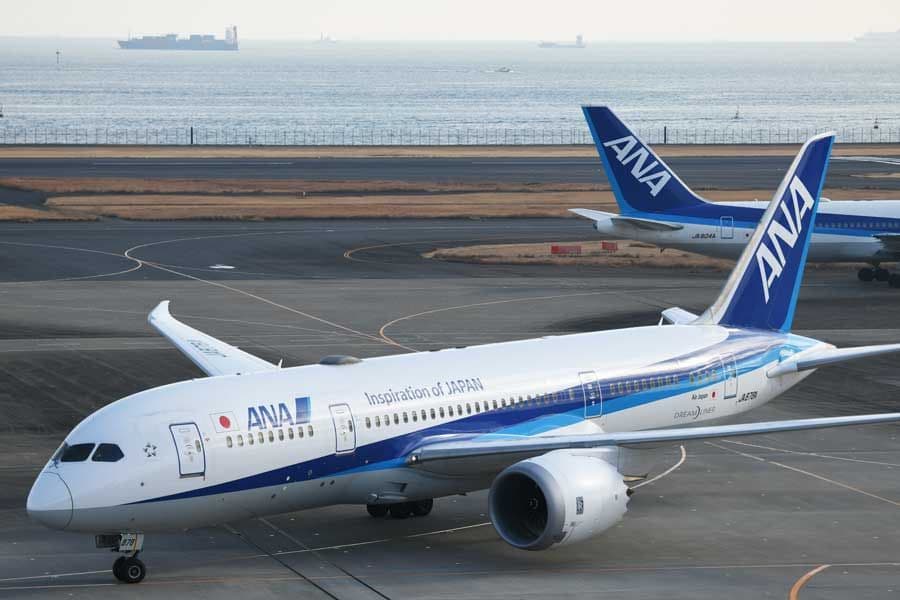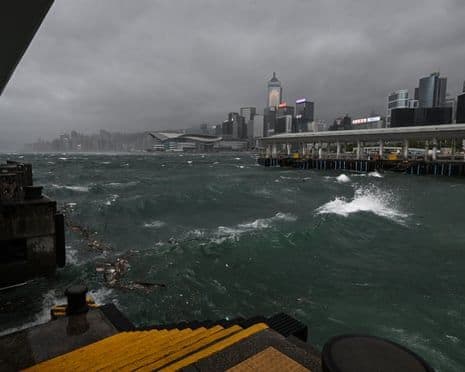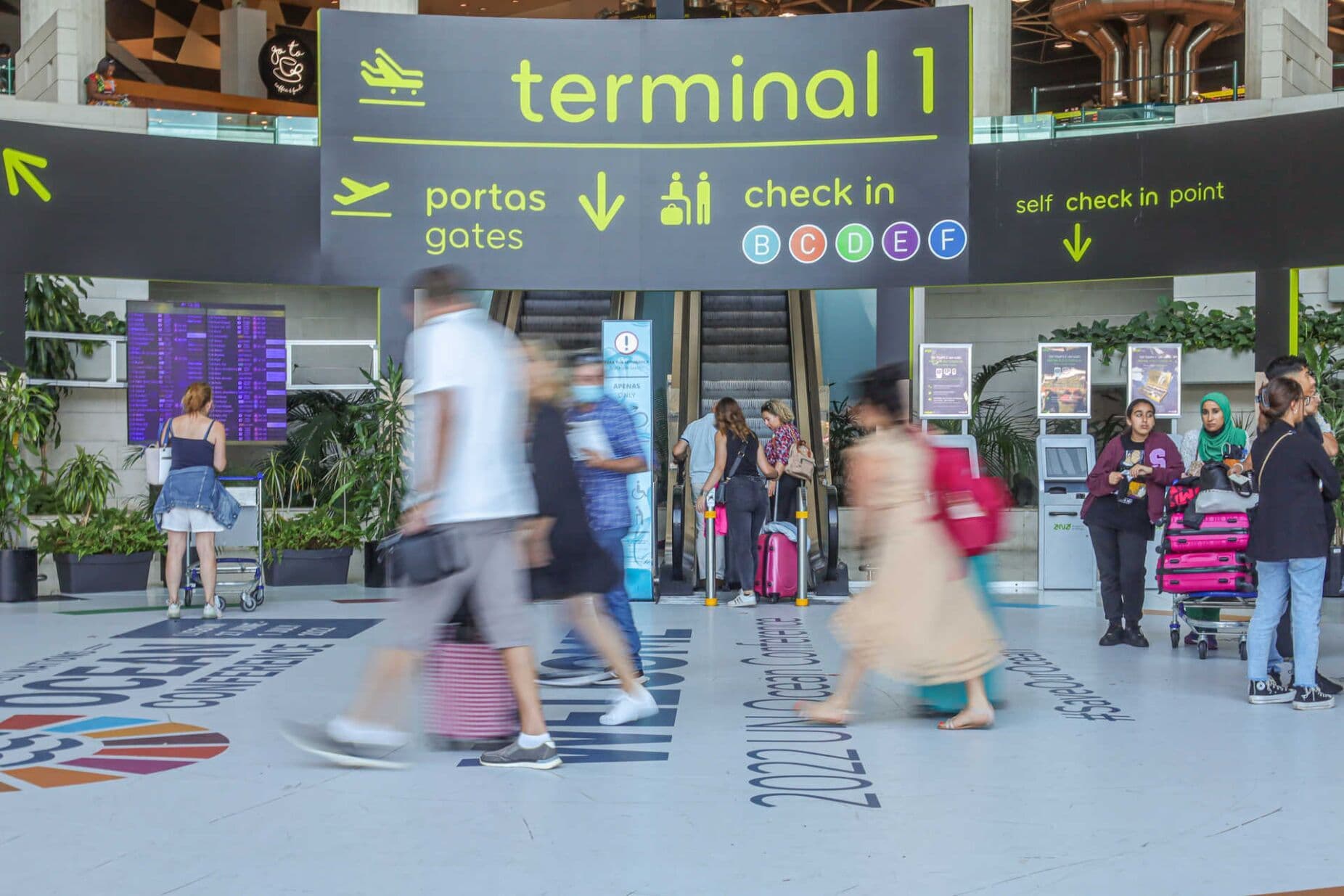Beyond the Forecast: ANA's Strategic Safeguard for Hachijojima Journeys
When a typhoon threatens Hachijojima, ANA offers a unique lifeline. Delve into their proactive flight changes, refunds, and commitment to passenger peace of mind.

The Island's Gate: Hachijojima's Unique Connection to Air Travel
For many remote islands, air travel isn't just a convenience; it's a lifeline. , a picturesque volcanic island nestled in the Philippine Sea, exemplifies this dependence. Situated approximately 287 kilometers south of Tokyo, its isolation means that reliable air links are absolutely critical for both its residents and the vibrant tourism that sustains its economy. Whether it's for essential supplies, medical transport, business, or the influx of visitors drawn to its natural beauty, flights to and from Hachijojima serve as the island's primary gateway to the mainland. This unique reliance elevates any disruption to air services from a mere inconvenience to a significant challenge for the entire community. When adverse weather, such as an approaching typhoon, threatens these vital connections, the stakes are considerably higher, demanding an extraordinary level of foresight and preparedness from air carriers. This is precisely the scenario faced with Typhoon No. 15, prompting a response that went far beyond standard protocol to safeguard this crucial island connection.
Proactive Measures in Action: Understanding ANA's Special Typhoon Response
Recognizing the critical nature of Hachijojima's air link, 's response to Typhoon No. 15 was a masterclass in proactive crisis management. On September 4th, well in advance of the typhoon's expected impact, ANA announced special handling for all flights scheduled to depart from or arrive at on September 5th. This wasn't a wait-and-see approach; it was a decisive move to empower passengers before the full extent of the weather hit. The airline explicitly stated that tickets for these affected flights would be eligible for fee-free changes, transfers, or refunds, irrespective of whether the flights were ultimately delayed or canceled. Such a pre-emptive announcement allows travelers to adjust their plans without financial penalty, significantly reducing anxiety and potential last-minute chaos. This strategic foresight not only prioritizes passenger safety and convenience but also demonstrates a deep understanding of the operational complexities and the unique vulnerabilities of island air travel, setting a benchmark for responsible airline conduct during unpredictable weather events.
The Traveler's Compass: Navigating Disruptions with Confidence
When a typhoon bears down, the typical traveler's experience can quickly devolve into a stressful scramble of uncertainty and logistical nightmares. Will my flight be canceled? Can I get a refund? What about rebooking? 's special response for flights directly addresses these pain points, effectively serving as a 'traveler's compass' during turbulent times. By offering fee-free changes, transfers, and refunds so early, the airline provides a clear path forward, allowing passengers to make informed decisions without the pressure of impending deadlines or financial penalties. This level of flexibility is more than just good customer service; it instills confidence. Travelers can rest assured that their well-being and their investment are protected, enabling them to prioritize safety and adjust their plans with peace of mind. In an era where travel plans are often meticulously crafted, such a proactive and transparent policy transforms potential disruption into a manageable situation, reinforcing the airline's commitment to its passengers even before the first gust of wind hits.
Building Resilience: Future-Proofing Air Travel in a Changing Climate
's strategic response to Typhoon No. 15 for flights offers valuable insights into the future of air travel resilience, especially as climate volatility becomes a more prominent factor. This proactive approach, prioritizing passenger safety and essential connectivity, moves beyond mere reactive measures to embody a forward-thinking strategy. It highlights the importance of robust meteorological forecasting, agile operational planning, and transparent communication in mitigating the impact of severe weather. As extreme weather events become more frequent and intense, airlines will increasingly need to adopt similar comprehensive frameworks, investing in technology for better prediction, developing flexible rebooking systems, and fostering a culture of pre-emptive action. The Hachijojima case serves as a microcosm for the broader industry, demonstrating how strategic safeguards can not only protect individual journeys but also contribute to the long-term sustainability and reliability of air travel in a world grappling with a changing climate. This isn't just about managing a single typhoon; it's about charting a course for an adaptable and resilient aviation future.
Related Articles

The Human Equation of Extreme Weather: Adapting to Nature's Shifting Moods

The Human Equation of Extreme Weather: Adapting to Nature's Shifting Moods

Weather's Unseen Hand: How Coastal Megacities Master the Storm's Rhythm

Weather's Unseen Hand: How Coastal Megacities Master the Storm's Rhythm

Weather's New Imperative: How Forecasting Became Our Blueprint for Resilience

Weather's New Imperative: How Forecasting Became Our Blueprint for Resilience

Flight Path Cleared: Unpacking the Menzies Truce and Your Enduring Passenger Protections
